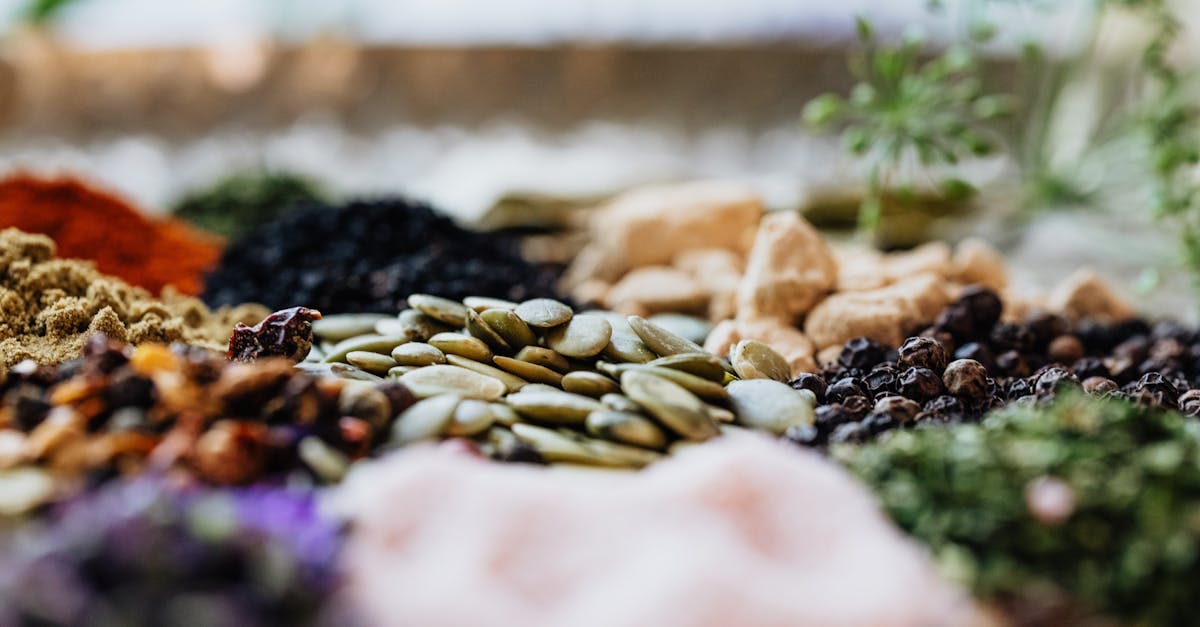Garam masala is a fragrant spice blend that is a staple in Indian cuisine, bringing warmth and depth to dishes. Making garam masala at home is not only easy but also allows you to customize the blend according to your taste preferences. In this article, we will guide you through the process of creating your own garam masala, ensuring that you can enjoy the freshest flavors right from your kitchen.
| Ingredient | Quantity |
|---|---|
| Cumin Seeds | 2 tablespoons |
| Coriander Seeds | 2 tablespoons |
| Black Peppercorns | 1 tablespoon |
| Cardamom Pods | 1 tablespoon |
| Cinnamon Stick | 1 piece (2 inches) |
| Cloves | 1 teaspoon |
| Nutmeg | 1 whole |
Cumin Seeds
Cumin seeds are essential for garam masala, providing a warm, earthy flavor. They are toasted to release their oils, enhancing their aroma. This spice is known for its digestive properties and is commonly used in various cuisines around the world.

Coriander Seeds
Coriander seeds add a citrusy, slightly sweet flavor to the garam masala. Like cumin, they are toasted before grinding to bring out their essential oils. Coriander is rich in antioxidants and has been linked to numerous health benefits, including improved digestion.

Black Peppercorns
Black peppercorns are crucial for adding heat and depth to your spice blend. They also aid in digestion and have anti-inflammatory properties. Their sharp flavor complements the sweetness of other spices in the mix.

Cardamom Pods
Cardamom adds a unique, sweet, and aromatic flavor to garam masala. It is often described as having hints of citrus and mint. This spice is known for its digestive benefits and is frequently used in both sweet and savory dishes.

Cinnamon Stick
Cinnamon is a warming spice that adds sweetness and depth to garam masala. It balances the other spices and is known for its anti-inflammatory properties. Using a whole stick allows for a more intense flavor when ground.

Cloves
Cloves bring a strong, pungent flavor to garam masala. They are aromatic and slightly sweet, making them an essential component of the blend. Cloves also have medicinal properties, including pain relief and anti-inflammatory effects.

Nutmeg
Nutmeg adds a warm, nutty flavor to garam masala. It is typically used in small quantities due to its strong flavor. Nutmeg is also known for its calming properties and is often used in traditional medicine.

FAQ
What is the best way to store homemade garam masala?
Homemade garam masala should be stored in an airtight container in a cool, dark place. This will help preserve its flavor and aroma. For the best results, use it within six months.
Can I adjust the quantities of the spices?
Yes, you can adjust the quantities according to your taste preferences. If you prefer a spicier blend, increase the amount of black peppercorns. If you like it sweeter, add more cinnamon or nutmeg.
Is it necessary to toast the spices before grinding?
Toasting the spices before grinding them is highly recommended as it enhances their flavors and aromas. However, if you are short on time, you can skip this step, but the flavor may not be as rich.
Can I use ground spices instead of whole spices?
While using ground spices is convenient, whole spices yield a fresher flavor. If using ground spices, be sure to adjust the quantities as they are more concentrated.
How can I use garam masala in cooking?
Garam masala can be used in various dishes, including curries, stews, soups, and even roasted vegetables. It can be added at different stages of cooking, depending on the desired intensity of flavor.
For more information on spices and their health benefits, you can refer to trusted sources like the [National Center for Complementary and Integrative Health](https://nccih.nih.gov/) and the [USDA Food Composition Databases](https://fdc.nal.usda.gov/).
